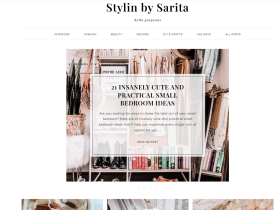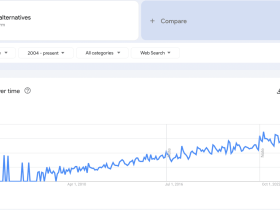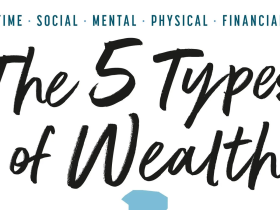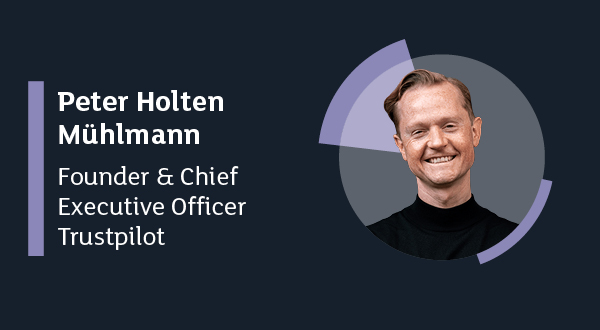When was the last time you checked reviews before making a decision? Maybe you were looking for a new restaurant, buying a gadget, or booking a hotel. We rely on reviews all the time—sometimes without even realizing it. But have you ever stopped to think about how these platforms started? One of the biggest names in the review space, Trustpilot, began in the most unexpected way—with a student loan.
Some founders build billion-dollar businesses yet remain largely unknown. Peter Holten Mühlmann, the Danish entrepreneur behind Trustpilot, is one of them. If you’ve ever browsed online reviews before making a purchase, you’ve likely used his platform without knowing who was behind it.
Back in 2007, Peter was a student at Aarhus University in Denmark. Like many students, he had a side hustle—running a small e-commerce store. This was before Shopify and other plug-and-play platforms made online selling easy. But he noticed a big problem: trust.
Potential customers weren’t buying from his store because they didn’t feel confident about it. Peter realized this wasn’t just his problem; it was happening everywhere. He saw it firsthand when his mother hesitated to buy something online because she wasn’t sure she could trust the seller. That moment stuck with him.
Determined to solve the issue, Peter used his student loan to fund his new business. His first idea? A browser toolbar that would display reviews of e-commerce stores. But as he developed the concept, he saw a better solution: an online platform where customers could leave and read reviews about businesses and products.
At the time, Peter had no product, no users, and no revenue. But he believed in his idea. He reached out to his father’s cousin, who believed in him too—and invested $125,000 to bring Trustpilot to life. Less than a year later, in 2008, Trustpilot was launched, initially targeting Danish businesses.
By 2009, Trustpilot had potential but needed more capital to grow. Peter secured around $225,000 from a Danish seed investment fund called Seed Capital. With these funds, he refined Trustpilot’s business model, introducing paid accounts where companies could manage and respond to reviews. He also added features like feedback stickers, helping businesses collect more customer reviews. The more reviews companies got, the more valuable Trustpilot became.
Slowly but surely, users started pouring in. Trustpilot expanded beyond Denmark into wider Europe and eventually the United States. Businesses realized the importance of managing their online reputation, and customers began trusting the platform to guide their purchasing decisions.
As Trustpilot grew, investors started paying attention. Over the next decade, the company raised significant funding rounds:
- 2012: $13 million Series B
- 2014: $73.5 million Series D
- Total Funding: More than $160 million before its IPO
Then, in 2021, Trustpilot went public on the London Stock Exchange, officially becoming a publicly traded company. What started as a student’s side project had transformed into a global platform used by millions.
In 2023, Trustpilot reported $176 million in revenue, with Annual Recurring Revenue (ARR) growing 21% year-over-year. What began as a simple idea to solve a common problem became a massive, profitable business hiding in plain sight.
Trustpilot’s journey is a great reminder that some of the biggest opportunities don’t start as grand ideas. They begin as small problems that someone decides to solve. Peter didn’t set out to build a billion-dollar company—he just wanted people to feel safer shopping online. But by addressing a fundamental issue, he built something truly impactful.
So next time you check a review or leave one yourself, remember—every big idea starts somewhere. Who knows? The next breakthrough might just be hiding in a challenge you face every day.





